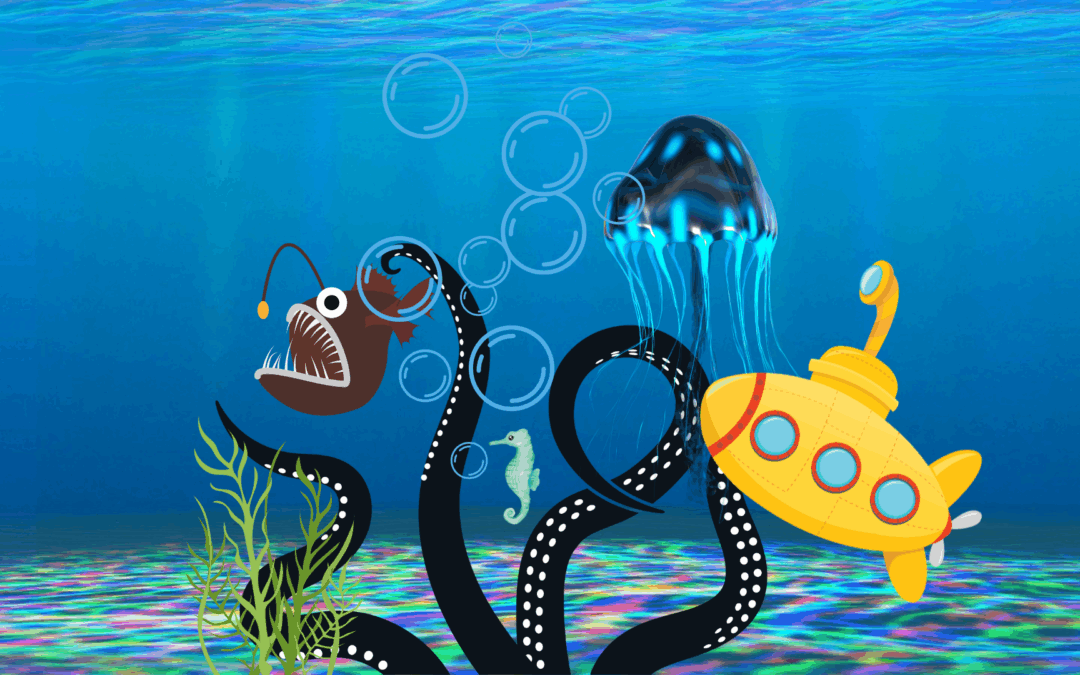Can good or bad vibes really be spoken into existence? We explored the science of this rice experiment (and the not-so-science) to find out.
Dr Masaru Emoto’s Rice Experiment, first conducted way back in 1999, looked at the physical, observable power of affirmations and insults, as he hypothesised that our words can have impact on a biological level.
Dr Emoto’s initial research was with water, looking at the effect directed emotions have on how it behaves and freezes, but he moved onto something more solid, and eventually gross: fermenting rice. Yum! Basically, he had three equal containers of rice, one of which he spoke badly to, one he complimented, and the other he left alone. And he never even opened the containers, it was the pure intent of his directed language that he believed would be the cause of any change. His findings were that the loved and affirmed rice did not grow mould, and instead turned just a more yellowy colour. Whereas the insulted rice grew far more mould far quicker than either the control or loved rice.
Now we’re all for kindness and positive affirmations, but skepticism would suggest that in the same way we can’t speak a degree into existence, or money into a bank account, we can’t love mould away from rice, or hate mould onto it. But according to Dr Emoto, the intent of our language can absolutely have this effect.
Before we dive into the last 25 years of research in this area, we had to get an idea for ourselves, so I got my lab coat on, and the kettle boiling. Whilst there’s debate on what the exact conditions were, it’s thought that Dr Emoto’s original experiment and a lot of its subsequent replications use uncooked rice in water, and involve a lot of sitting around for a month whispering to their containers. But who has the time to wait around for 30 days? Not us! And that’s not exactly MindFckd style, so we’re speedrunning the experiment in slightly different conditions with cooked rice and full blown profanities and positivity instead! It’s only Day Two of our experiment, so keep an eye out for our findings down the line on our YouTube (and this article!) and keep up with our socials where you can find thrilling rice updates as they arise.
The experiment is used largely to emphasise the importance of kindness and that even our language can have true physical impact… so everyday we’re telling a rice pot to get fckd, and documenting every step of the process, look out for that journey.
Thankfully, the experiment is all about intent, and Dr Emoto didn’t believe it mattered what the rice overhears, so I will admit I dropped all the pots and swore profusely near them all on Day One – luckily a controlled variable.
It’s so great we finally have a way to make rice absolutely disgusting and release a load of anger; Dr Emoto has given a real two birds one stone solution for the fuming rice haters. We’re always looking for new, better ways to ferment rice to a dangerous level, but is there any truth to the efficiency of this? Well, even his initial research was quite disputed. “Dr. Emoto’s experiments were neither controlled nor measured, a necessary requirement to be fulfilled if one wanted to prove that it was the new factor of specific human intention that was causative,” Stanford University professor Emeritus William Tiller said. And she’s not the only one that refuted the research, with many saying it was not done under far from scientific conditions.
Now, the elephant in the room is that we are conducting this experiment in a newsroom here at MindFckd HQ, so not quite a laboratory setting either, but we’re keeping as many control variables as possible.
Harriet Hall, who reviewed Emoto’s book about his experiments, gave it the honour of being “the worst book I have ever read. It is about as scientific as Alice in Wonderland.” But there are many who believe in and have used Emoto’s experiment, most successfully on a personal level. Because let’s be real, there’s only so many uses for moulding rice, and once you’ve ruined an enemy’s sushi platter, it gets a bit useless.
According to spiritual healers this is a pessimistic way to view this starchy pseudoscience, and the notions. “I think there’s absolutely a correlation between negative self-talk and illness for example,”
Of course there are other experiments that test the power of positive affirmation, people speak kindly to their plants to help them grow, and I suppose praise their children to make sure they don’t grow internal mould, but it seems there’s not been a fool proof, quantifiable way to measure if there are any real physical effects.
Physicist Matti Pitkanen believes while Dr Emoto’s research has small flaws, the reasoning and ‘science’, is sound, and published an updated view on the rice experiment last year. “It goes deeper than just words,” Pitkanen said. “Everything has a positive or negative effect and is interconnected, you can literally view it, and if you have to show it on rice for it to be believed, then so be it.”
When the experiment is viewed through a strictly scientific lens, the flaws are a bit too glaring, and whilst positivity is a power, it seems to have its limitations… those limitations perhaps the ability to do much to rice at all. “I’m intrigued to see what your experiment shows up,” Carrie Thomas, a biologist who specialises in microbiology said. “But in my professional experience and opinion, I’d be so surprised to see any kind of physical change from just talking near rice… if you’re not even opening the tubs, I don’t think it could have any physical effect at all.”

Our rice has been under strict conditions, constant surveillance and conversation all week, so let’s look at what happened!
Now, we were a bit skeptical, but there was definitely a difference in the rice pots. The ‘control’ pot was actually the mouldiest at the end, the abused pot was slightly mouldy, and the uplifted pot was completely doing its own thing, going a warm yellow colour and weirdly stickier than the rest. So what does this tell us? As we said in the conclusion of our rice video diary, maybe our speech does hold power, and it doesn’t matter what you’re saying, as long as you’re saying something! Because the sad, lonely, neglected blue pot was definitely the most mouldy. The science is still a bit iffy, and the research is still so debated that it can only ever be used in a ‘vibes’ kind of way to promote the power of our words. Maybe it’s just taught us to not let anyone be the blue pot, and maybe it is fine to have a sweary scream and shout; we’re all moulding anyways, it won’t grow the grimness too much!



